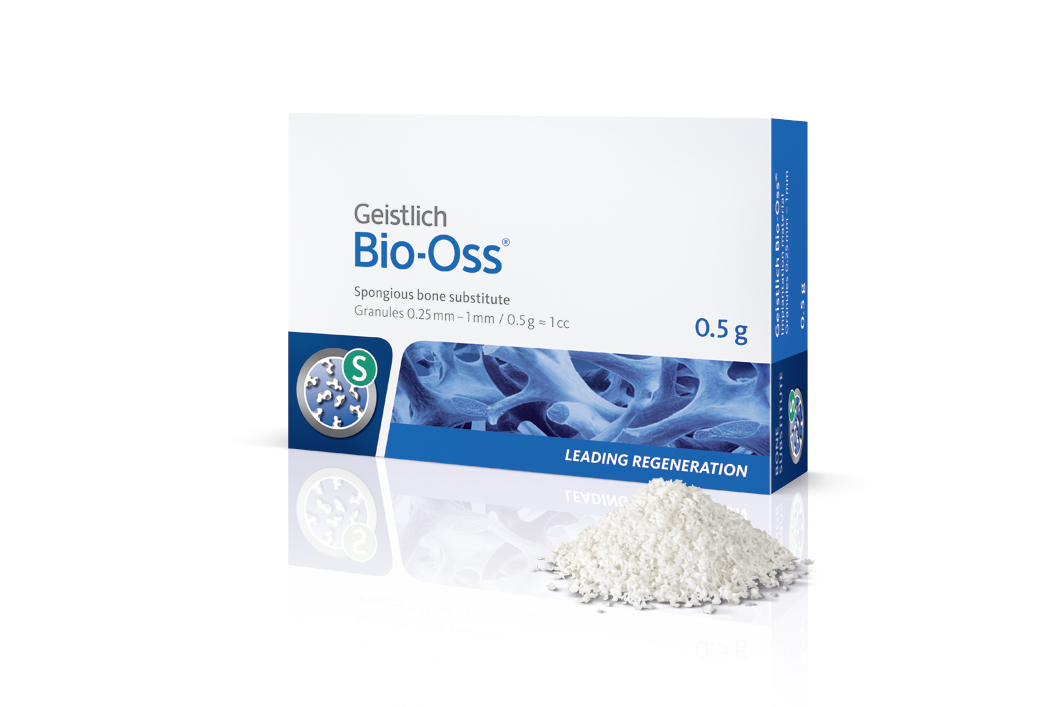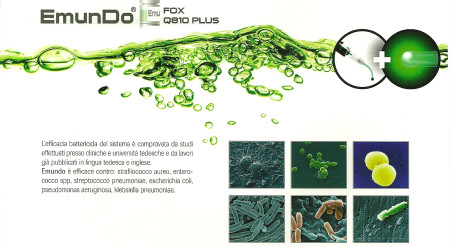Restorative Dentistry
Restorative Dentistry
Small repairs of the teeth are quite common. Caries, broken teeth, holes or unpleasant gaps between the teeth require minor esthetic restorations.
In the past, fillings were normally used in these cases, but nowadays there are much better materials and possibilities available for restoration purposes.
- Composite and Inlay
Composites are tooth colour synthetic materials, which are malleably manufactured. They are placed within the gaps like a paste, which hardens afterwards. However, the sophisticated processing makes this modern synthetic material more expensive. Whereas an inlay is made according to the dentist information at a dental laboratory and later it is adhered or cemented. Again, the technical processing has to be absolutely precise.
- Amalgam Filling
Plenty of amalgam fillings have been used throughout the world in the past. Amalgam consists of an alloy of two or more kinds of metal, normally mercury and silver. The advantage of amalgam as a filling material is that it is relatively easy for the dentist to handle and is very durable. Additionally, amalgam is the cheapest method for restoration. It has become a standard treatment for dental insurance services.
- Gold Filling
Gold has been the high-quality alternative to amalgam for a long time. The extremely long-lasting durability and the low allergy risk of this material are absolutely favorable.
- Ceramic Inlays
Ceramic inlays are as equally high quality as gold inlays. However, two sessions are necessary since ceramic inlays normally have to be manufactured in a dental laboratory.








